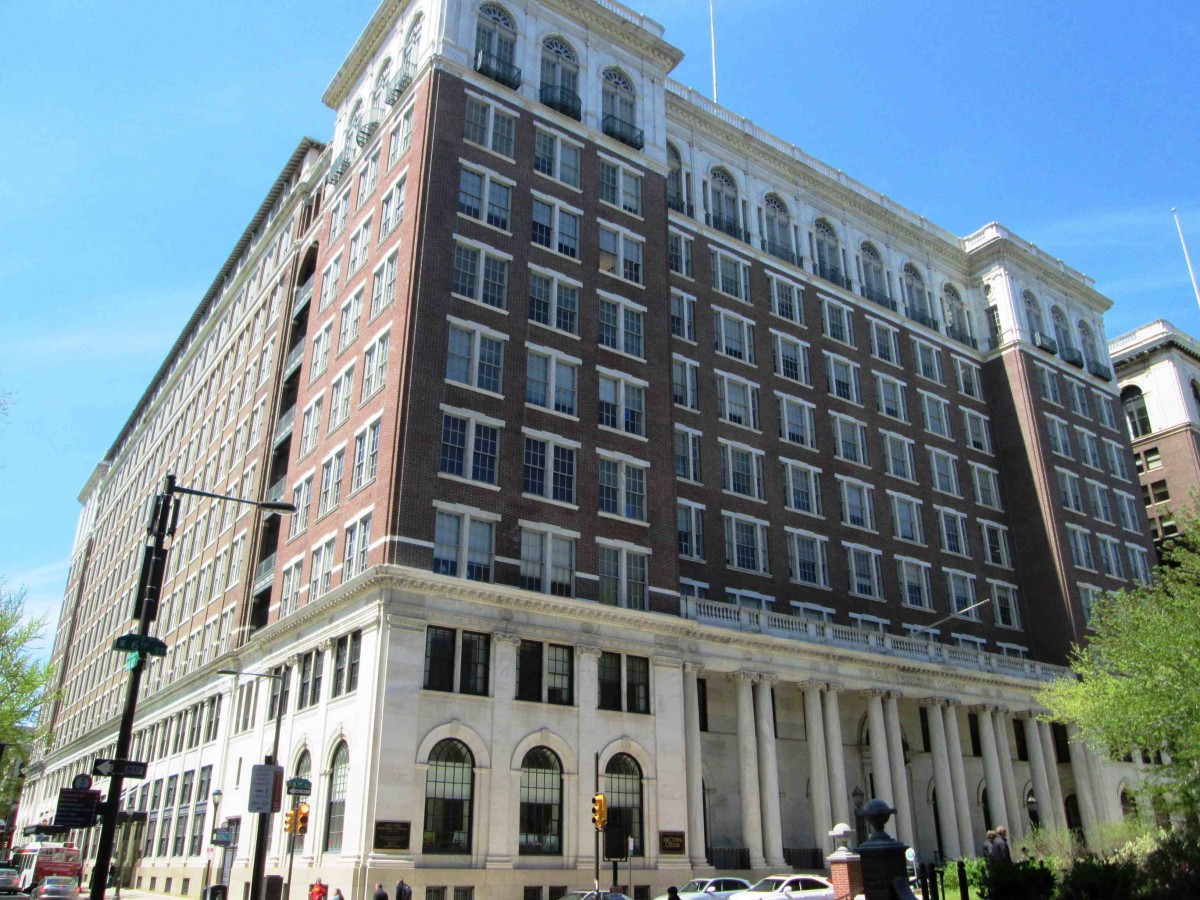A few such companies have moved into the stately building (which, for transparency, is Technical.y’s old HQ) in the last few years, such as Vivodyne and Aro Biotherapeutics. But its roster has grown to include Imvax Therapeutics, BioLabs, Chimeron Bio and Dispatch Bio.
The building owner, property group Keystone, announced Thursday that it would be developing an additional 200,000 square feet of the Washington Square-adjacent Curtis Center to cater to life sciences and biotech companies. The aim is to “provide the mission-critical infrastructure needed to meet the surging demand for lab space in Philadelphia’s Center City.”
Lab space is, indeed, in high demand in Philadelphia. At the end of 2021, the region was home to 10 million square feet of life sciences real estate inventory, but was seeing a 40% increase in demand for space. CIC Labs + Innovation Campus expanded its footprint in 2022, and Drexel University planned its own 500,000-square-foot life sciences research and lab building on campus.
The additional 200,000 square feet of life science space will give The Curtis a total of more than 325,000 square feet of laboratory space across the 12-floor building. Keystone said the work is slated to be complete in the second quarter of the year.
Jamie Rash, Keystone’s regional director, said in an email that the office market has been quiet since the start of the pandemic, and most tenants didn’t know how they were going to use their space. That continued with the greater adoption of remote work.
“We are seeing increased levels of activity, albeit with some tenants downsizing and moving to higher quality buildings,” Rash said. “With labs, scientists can’t generally work from home which makes that space even more appealing.”
Rash said Keystone had originally only planned on floors six through eight being used as lab space, but it “leased up” at higher-than-expected demand. Because The Curtis was originally constructed as a manufacturing printing press, some of its qualities, like high ceilings, heavy floor loads and vents, make it suitable for lab space.
“Building conversions are a challenge, and very costly even if a building can handle it,” Rash said. “Outside of University City, any new lab space is stemming from conversions like Curtis but they are few and far between.”
The construction on The Curtis includes the installation of an exhaust system that will provide tenants with airflow of 147,000 cubic feet per minute, as well as hot water loops and steam infrastructure.
“With these improvements in place, tenants can begin envisioning and building their new laboratory facilities today without having to wait for a new building to be constructed — and at rates that are much more attractive than new ground-up University City developments,” Rash said.







